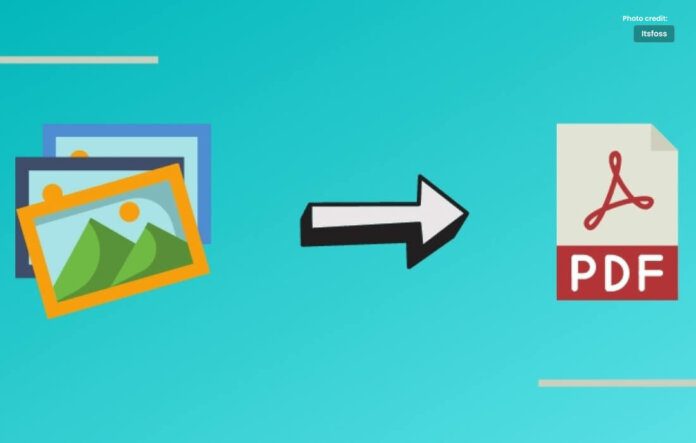Effortlessly convert JPG to PDF for convenience; discover the benefit.
In an increasingly digital world, document management and sharing have become crucial aspects of our daily lives. Whether you’re a student, a professional, or simply someone who wants to organize their digital files efficiently, converting images, especially JPG files, into PDF format can be incredibly useful. In this blog, we will explore the world of JPG to PDF convert, their advantages, and how they simplify the process of handling digital documents.
The Need for JPG to PDF Conversion
JPEG (Joint Photographic Experts Group) is a popular image format known for its ability to compress images without sacrificing much quality. While this format is great for photos and graphics, it might not be the ideal choice for documents that require consistent formatting and readability, such as reports, invoices, or resumes.
Converting your JPG files to PDF has several advantages:
- Preservation of Formatting: PDF files maintain the layout, fonts, and formatting of your documents, ensuring that they look the same on any device.
- Universal Compatibility: PDF is a universally recognized format that can be opened on almost any device or operating system using free PDF readers like Adobe Acrobat Reader.
- File Compression: PDFs are generally smaller in size than high-quality JPG images, making them easier to share via email or upload to cloud storage.
- Security: PDF files can be password-protected or encrypted, adding an extra layer of security to your sensitive documents.
Introducing JPG to PDF Converters
JPG to PDF converters are software tools or online services that allow you to transform your JPG images into PDF files quickly and easily. Here are some key benefits of using a JPG to PDF converter:
Simplicity and Speed
Most JPG to PDF converters are user-friendly and require no technical expertise. They typically offer a straightforward drag-and-drop interface, making the conversion process quick and hassle-free.
Batch Conversion
Many converters allow you to convert multiple JPG files into a single PDF document or vice versa, saving you time and effort.
Customization Options
JPG to PDF converters often provide customization options, such as adjusting page orientation, paper size, and compression settings. This allows you to tailor the output PDF to your specific needs.
Accessibility
You can use JPG to PDF converters on various devices, including desktop computers, laptops, tablets, and smartphones, as many offer both desktop software and mobile apps.
Cloud Integration
Some converters integrate with cloud storage services like Google Drive, Dropbox, or OneDrive, allowing you to save your converted PDFs directly to your preferred cloud account.
How to Use a JPG to PDF Converter
Using a JPG to PDF converter is typically straightforward:
- Choose a Converter: Select a reliable JPG to PDF converter, either as downloadable software or an online service.
- Upload Your JPG Files: Use the converter’s interface to upload your JPG images. Most converters support drag-and-drop functionality.
- Customize Settings: Adjust any settings or preferences as needed, such as page orientation or compression options.
- Start Conversion: Initiate the conversion process. The converter will generate a PDF file from your JPG images.
- Download or Share: Once the conversion is complete, download your PDF file, and you’re ready to use or share it.
In Conclusion
JPG to PDF converters are indispensable tools for anyone dealing with digital documents. They simplify the process of converting image files into a format that’s universally recognized, easy to share, and preserves formatting. Whether you’re a student managing coursework, a professional handling documents at work, or someone looking to organize personal files, a JPG to PDF converter can make your life easier by streamlining document management and sharing. Explore the convenience of JPG to PDF conversion today and experience the benefits firsthand.




